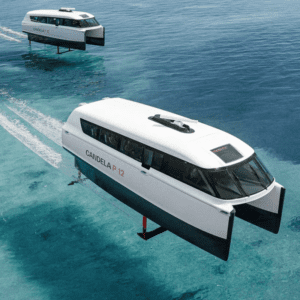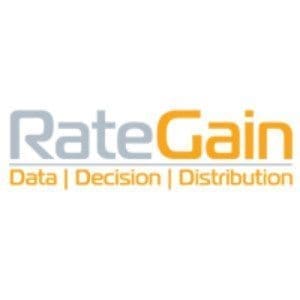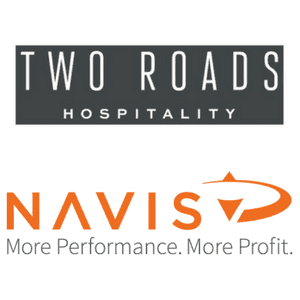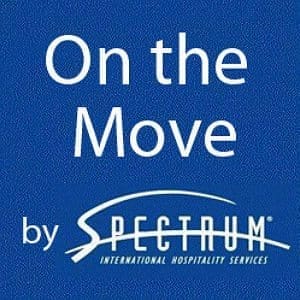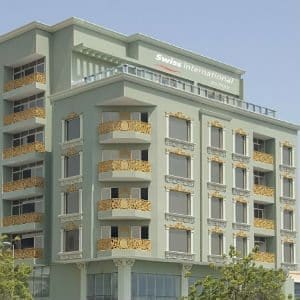The U.S. hotel industry is in the early stages of an upswing, following the long-endured bottoming-out that began in mid-2001. The upswing is expected to carry through 2005 and bring with it an improved climate for hotel investment. These findings were revealed in a recent joint study by PKF Consultings Hospitality Research Group and Torto Wheaton Research.
Turnaround began in Third Quarter of 2003 Expected to Continue
The third quarter of 2003 marks a turning point in the recovery of U.S. hotel markets. Financial performance of hotels during the recently completed quarter was governed more by the expanding economy than fear of war and other event risks, said Mark Woodworth, Executive Managing Director of HRG.
HRG and TWR are predicting growth in both RevPAR and NOI, starting now and continuing through 2005 and beyond. This positive view is based on what they term the bounceback phenomenon.
The firms measured the bounceback effect after recent major international events to show the resiliency of the industry even in the worst of times. After 9-11, occupancies, room rates, and with them RevPAR, all dropped dramatically. RevPARs stayed low until the Fourth Quarter of 2002 when subsiding travel fears drove increases in occupancy and a temporary bounceback, according to Dr. , Managing Director of TWR. Unfortunately, this improved performance was thwarted by the start of the Iraq War in the spring of 2003.
A similar bounceback was evident in the Third Quarter of 2003. Once the shock of the Iraq invasion passed, travel again increased and occupancies rose once more. The upswing is expected to continue throughout 2004, driven by a strengthening U. S. economy and the continued lessening of the fear of potential hotel-users to travel.
Ironically, perhaps, the continued diminution of travel fear is thought to be even more important than an improved economy in helping boost the hotel industry in 2004 and beyond. Demand in the full-service hotel sector is expected to increase by 6.3 percent in 2004, said HRGs Dr. Jack Corgel. However, he said, 4 percent of this gain is expected to come from the reduction in travel concerns, with only 2.3 percent due to the improved economy.
HRG warns, however, that the future demand growth rates will not be achieved if the diminution of travel concerns does not occur, or worse, increases.
Best and Worst Hotel Markets
According to HRG and TWR, room rates will begin to show increases in major markets beginning in 2004. Over the next eight quarters, the top ten markets for full-service hotels, in terms of RevPAR growth, are expected to be the following:
- Raleigh, NC,
- Boston, MA,
- San Francisco, CA,
- Los Angeles, CA,
- Miami, FL,
- Denver, CO,
- Northern New Jersey,
- Dallas, TX,
- Nashville, TN, and
- Washington, DC.
The worst ten full-service hotel markets, again in terms of RevPAR growth over the next eight quarters, are seen as
- Indianapolis, IN,
- Portland, OR,
- Richmond, VA,
- Charlotte, NC,
- Dayton, OH,
- Orange County, CA,
- Columbus, OH,
- Pittsburgh, PA,
- Cleveland, OH, and
- Omaha, NE.
Cities like Boston and San Francisco are on the RevPAR growth list, Woodworth said, simply because they are starting to come back from such a low point. Even with strong RevPAR growth in 2004, in 2005 these cities will still be below the peak they reached in 2000, which we feel was abnormally high. On average, we dont expect RevPAR levels for the nations largest markets to equal those of 2000 until 2007, he said
 After three years of declining RevPAR (the longest period of sustained declines in the past 70 years) hoteliers are waiting to see RevPAR improvement translate into growth in profits. With RevPARs forecasted to improve 7.7 percent on average in 2004, HRG is projecting unit level profits to grow 13.4 percent.
After three years of declining RevPAR (the longest period of sustained declines in the past 70 years) hoteliers are waiting to see RevPAR improvement translate into growth in profits. With RevPARs forecasted to improve 7.7 percent on average in 2004, HRG is projecting unit level profits to grow 13.4 percent.
While a 13.4 percent increase is certainly strong, the potential exists for even greater profit growth in the future as RevPAR increases become driven more by ADR improvement than occupancy gains, said Woodworth.
From the investors side, this is the best time to buy into the business, even though from the operators point of view, business may look weaker than desired, said Torto.
Turnaround in Investment Climate
From the investment side, the quality of transactions seems to be improving, Corgel said.
During 2002, many transactions involved non-branded or older properties, however, in the last few months, weve seen an increase in high-profile transactions as we seem to be returning to a better trading environment, Corgel said.
According to Corgel, hotel cap rates peaked in 2002 and have declined during the past year.
Another indicator of an industry beginning to turn around is that the number of hotels unable to cover debt service seems to have peaked, as well, said Corgel. That peak was reached this year, at 16 to17 percent, which, even at that, was not nearly as bad as what the industry experienced in the early 90s, he said.
The joint HRG/TRW findings are part of an ongoing study. A more complete picture is scheduled for presentation in March, 2004.
Contact:
Mark Woodworth
Executive Managing Director
The Hospitality Research Group
3340 Peachtree Road, Suite 580
Atlanta, GA 30326
(404) 842-1150 x222
Raymond G. Torto, Ph.D., CRE
Managing Director
Torto Wheaton Research
200 High Street Third Floor
Boston, MA 02110
(617) 912-5200




